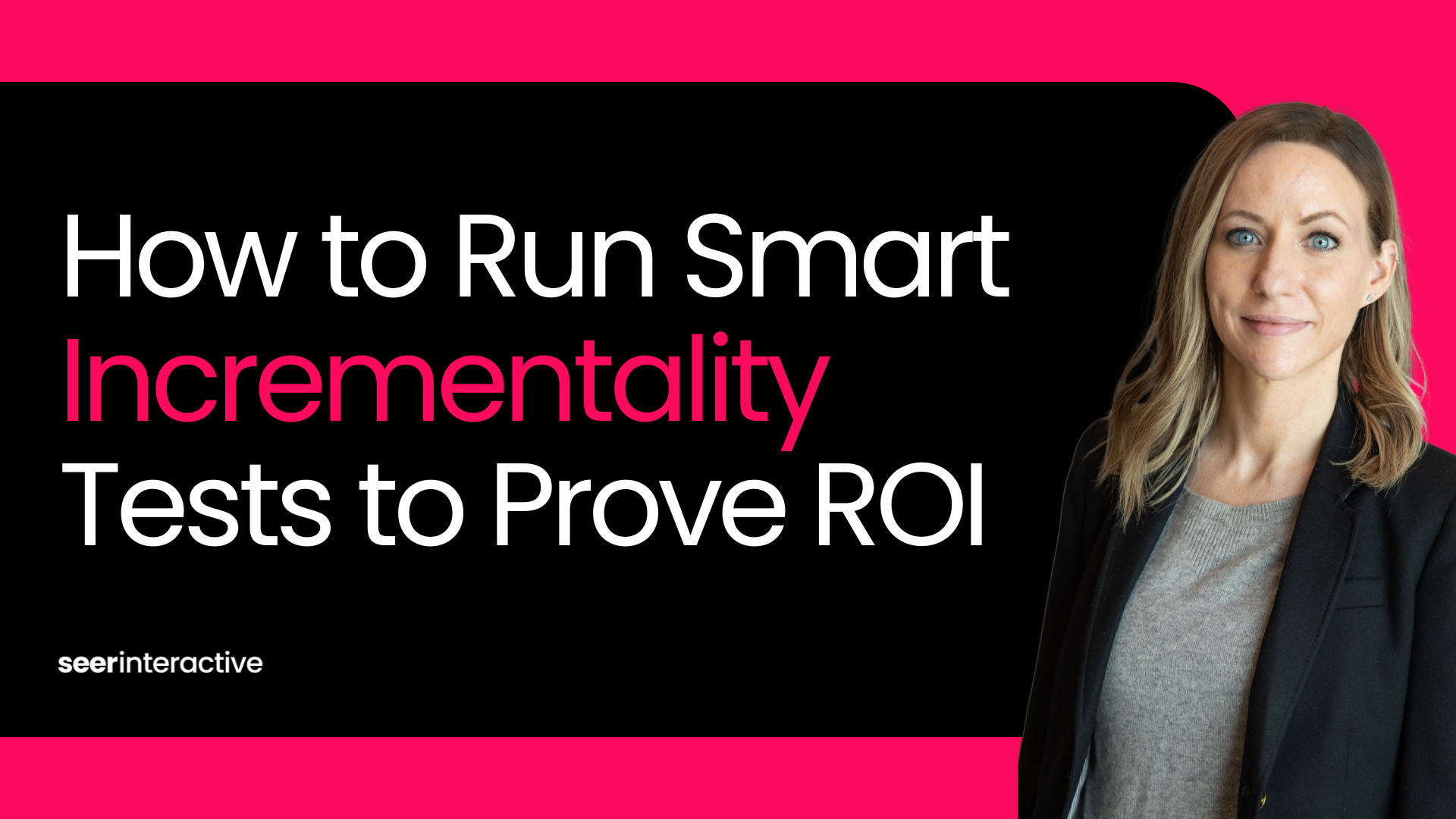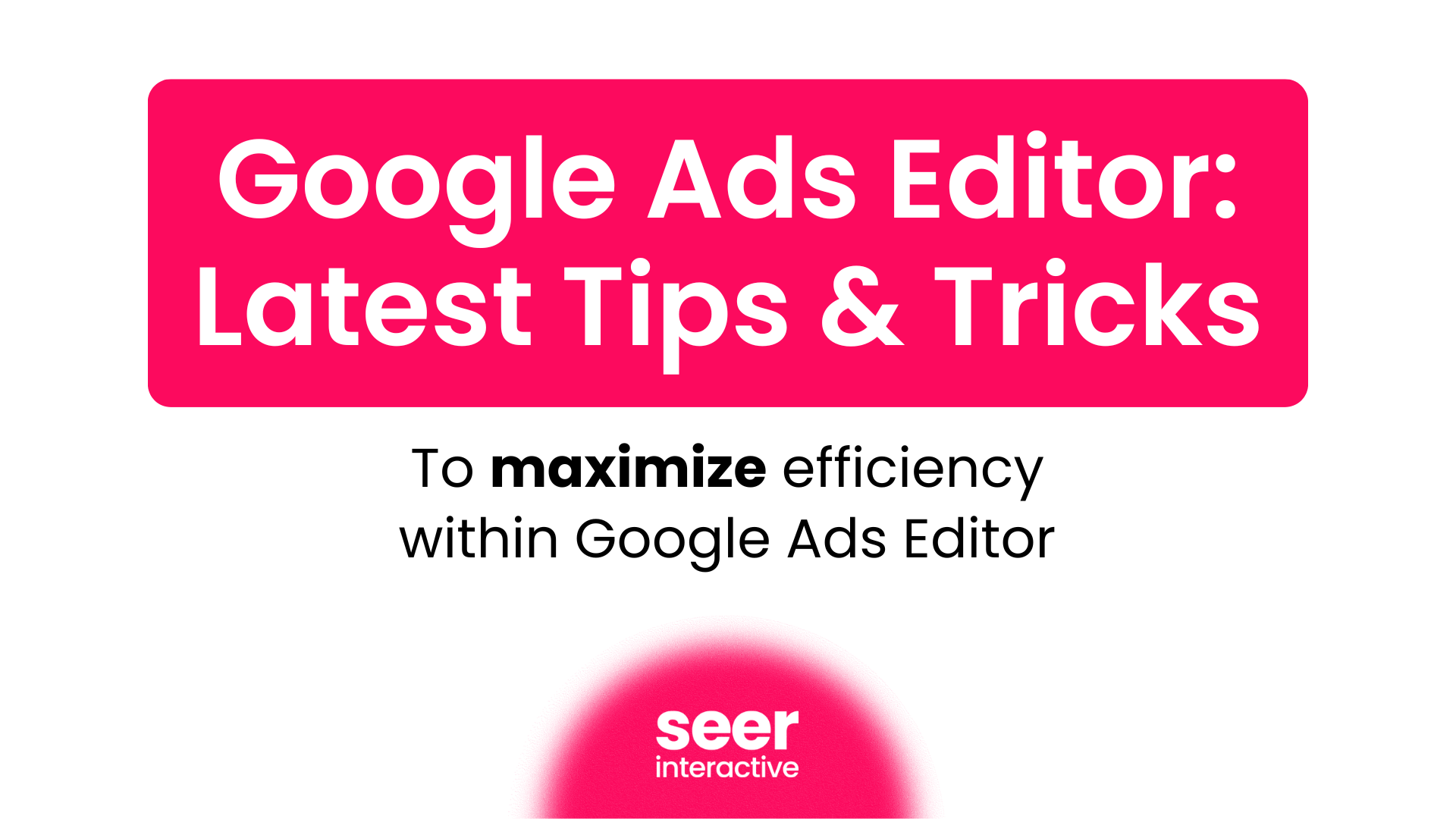Every year, retail brands pour substantial funds into Facebook and Instagram ads during Q4.. It’s no surprise, since 55% of holiday shoppers said that Meta helped influence their holiday purchases and 77% of Black Friday and Cyber Monday shoppers said that Meta helped them decide to purchase. *
Recently, Meta published their Meta Holiday Performance Playbook* and it highlights some tips, tricks, and best practices to help brands achieve strong performance in Q4.
This is part 1 of 2 where we will go over some of the things marketers should do before developing their Q4 campaign strategies and tactics.
Early Planning for Holiday Marketing
Effective Planning is the Best Way to Help Ensure a Successful Campaign
Source: Meta
Meta Pixel
First things first, do you have a Meta pixel installed on your website? If you do, is it firing effectively? You can determine this by utilizing the Chrome extension ‘Meta Pixel Helper’ or by checking Facebook Events Manager to make sure the pixel is firing for all events.
[TIP] If you are an e-retail brand, it’s important to have pixel events that include more than just a low funnel conversion like purchases. Creating events for ‘page visits’ and ‘add to cart’ will allow you to utilize retargeting audiences later on, that can help you push users down the funnel.
Once you confirm that your Meta pixel is functioning as it should, it’s time to check the Conversions API.
Meta’s Conversion API
Set Up Meta Conversions API (CAPI)
CAPI can help create direct connections between your marketing data and Meta’s algorithms in order to find holiday shoppers–allowing you to make more efficient and accurate campaign optimizations, based on real-time data.
Did you know that advertisers who use the Meta Pixel and CAPI had a 13% improvement in cost per result?
If you don’t have CAPI set up, Meta has multiple options to ease the process for your team.
Optimize Conversions API (CAPI) Set Up
If you already have CAPI set up, it’s important to make sure best practices are being leveraged.
Ensure that high-value customer information parameters are set up to have better event matching quality. This includes making sure that shared events are as close to real-time as possible. This can also lead to more efficient cost pers.
In addition to providing customer information parameters, it’s important to add effective duplication keys with each event. A duplication key on CAPI is used to deduplicate events to make sure the same event isn’t counted more than once when it’s sent from the server or browser.
Duplication keys are unique identifiers for each event, this can include event IDs, event name, timestamp, or user ID.
Product Feeds
One of the best things about product feed ads, is that you can create custom sets that are tied to different promotions. You can also leverage product feeds so that users can see the products they already looked at, or products that would be relevant to them.
If you are a retail brand that hasn’t utilized product feed ads, it’s a great time to jump on it before the holiday rush.
Meta offers a step-by-step guide on how to create an in-platform catalog that’s based on your website inventory. There are even native connections with third-party services like Shopify, that make it easier to connect your products to a catalog.
Budgeting
When working with my clients, we almost always allocate the majority of our budget to Q4. At one company, Q4 was the start of our fiscal year, since it was our strongest revenue quarter. Structuring our budget this way helped us to effectively shape our goals and promotions for the rest of the fiscal year.
A significant portion of the increased spend was used during Cyber Week, AKA Cyber 5. We generated substantial revenue during this time frame, but it’s important to note that our cost pers did have a dramatic increase during this period
In addition to Cyber Week, these seasonal moments also see an increase in sales.
- Canadian Thanksgiving: October 14
- Singles Day: November 11
- US Thanksgiving: November 28
- Small Business Saturday: November 30
- Christmas Eve: December 24
- Christmas Day: December 25
- Boxing Day: December 26
- New Year's Eve: December 31
While working on budget recommendations, it’s critical to consider the increase in cost pers, and your peak sales dates.
Final Thoughts
Every year, Meta publishes updated best practices and tips to implement during the holiday season, and every year there are more and more things to consider.
If you want to make sure your marketing strategy is curated to the ever-changing world of digital media, contact us!
Keep an eye out for part 2 soon!


